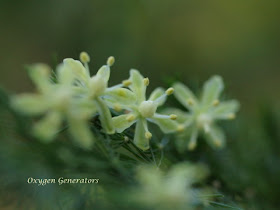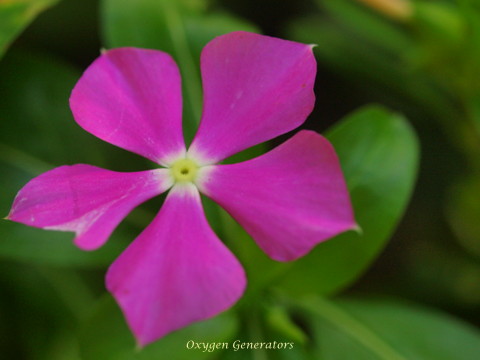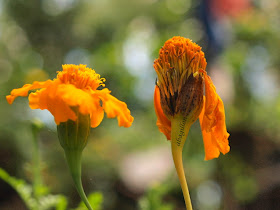I've long wanted to join Wildflower Wednesday of Gail's Clay and Limestone. However, I always forget that it is up only at the last Wednesday of each month. So now that I was able to remember it before the appointed date, i will maximize the chance. And i will be putting most of the wildflowers i took early this month. So please bear with me, this is a parade! I posted the flowers followed by the plant, except for the last three photos!
This is Oxalis corniculata. It has been growing as weeds all around our property and very difficult to get rid off. But the dainty petite yellow flowers when plenty are lovely too.
The porter weed or snake weed, Stachetarpheta jamaicensis, is really a weed in our area, both in function and in habit. No one seems to mind it but I and the butterflies. We both love it.
The luxurious growth at a meadow during my walk for the sunrise shots.
This newly opened bloom looks so auspicious, but i haven't seen any butterfly alighting on it. It is the flower of the invasive and obnoxious
The insects, just like me, are also scared of those many sharp thorns. If a bigger animal enters this thicket, i wonder if he will still come healthy! Mimosa diplotricha
Lovely against the blue sky, this grass towers among its neighbors.
In a few days it will be ripe and will spread havoc in the vicinity including our gardens. NOID
This is a small grass, almost just 2 ft in height, but it also glistens against the morning sun. NOID
I am about to look for open pink flowers on that plant at the right, however it might still open a little later. And it seems that two of us wait for the bloom to be ready, this butterfly for the nectar and I for the photo.
This is not a wildflower anymore, but a collection of wild fruits. They look like miniature tamarind, with a mimosa-like leaves. I am sure this is also a legume, just that i don't know the ID. Those fruits sway gracefully with the wind. I am late for their flowers.
I would like to join this post also to Two Questions Thursday Meme, for the first time. Here are my two questions:
1. Will i attempt to eradicate all these weeds in our garden these dry season, hoping they will not show
up next year rainy season?
2. Or should I remove most of them and just leave the first weed, the least obnoxious among them?
Whew!!!





















































